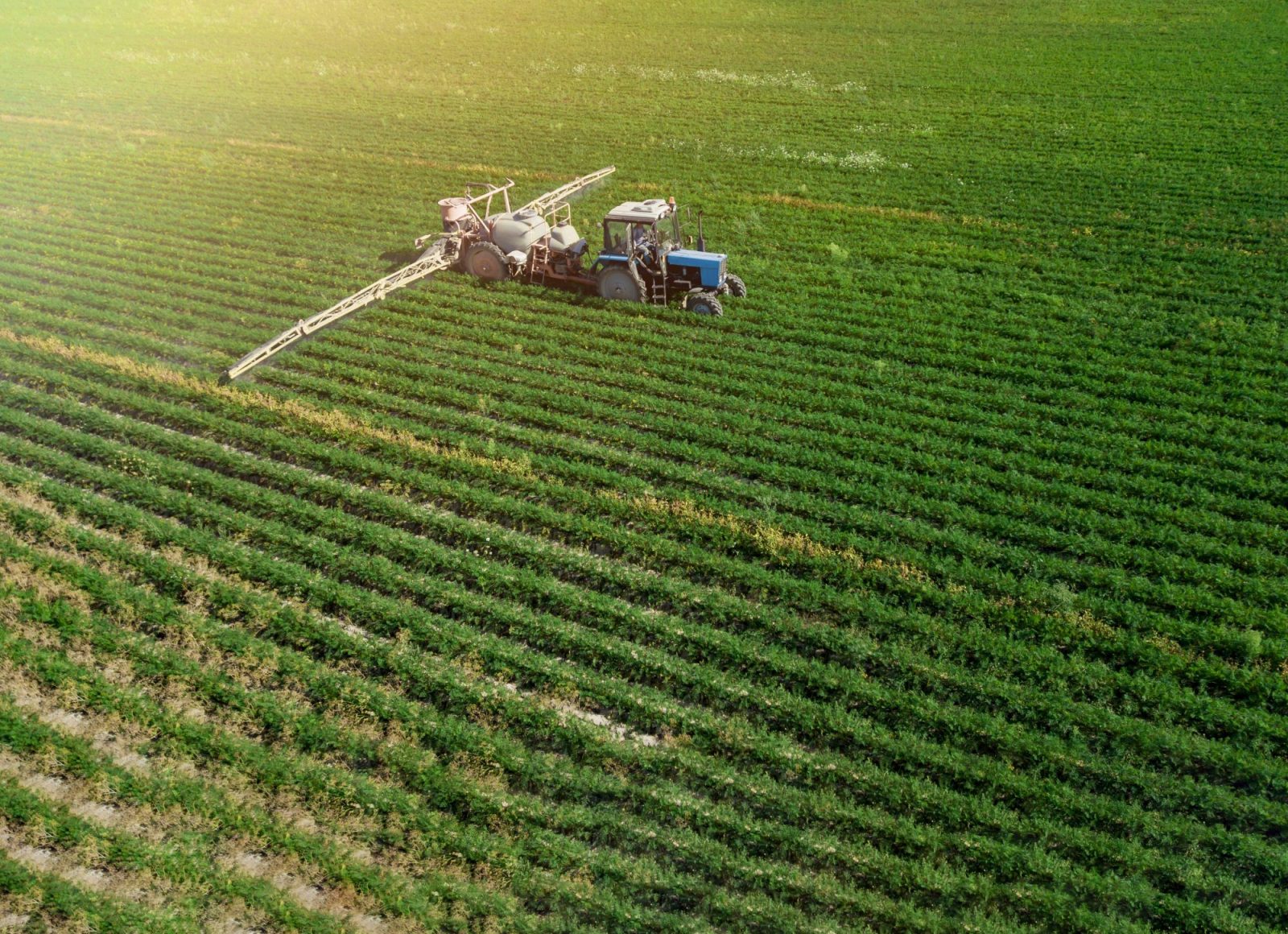It may be just under our feet, but soil remains neglected by major conservation and monitoring programmes. Yet its biodiversity is large enough to make your head spin. In one square metre of soil you will find hundreds of macrofauna (such as earthworms), thousands of mesofauna (such as collembola) and millions of microfauna (such as protozoa). As for bacteria, their density rises into the billions per square metre. In fact, there are as many living beings in a single teaspoon of soil as there are humans on Earth! Because it is so difficult to observe, this wealth of life remains largely unknown, even though it provides essential services such as ensuring the fertility of soil and fighting erosion.
As for bacteria, their density rises into the billions per square metre. In fact, there are as many living beings in a single teaspoon of soil as there are humans on Earth!
Heavily endangered by the impacts of human activity and climate change, with potentially disastrous consequences for humans, this fragile biodiversity needs to be studied as a matter of urgency.

MAKING THE INVISIBLE VISIBLE
New inventory methods based on eDNA have been perfected in recent years in order to effectively quantify these impacts on the hidden biodiversity of soil. In numerous studies carried out by Vigilife members, this technology has been applied to analyse the biodiversity of soils around the world. These have demonstrated that eDNA can be used instead of traditional surveys (e.g. for plants or earthworms) to understand how different trophic groups (e.g. parasitic or symbiotic fungi, predators) interact with each other along environmental gradients and which groups, if lost, would have the greatest impact on the functioning and resilience of an ecosystem.

TOWARDS AN UNPRECEDENTED STUDY OF THE WORLD’S SOILS
To date, no monitoring network has taken an interest in the whole soil biodiversity on a global scale. Various initiatives have been carried out in recent years, but these have only covered a limited number of sites and have focused solely on taxa for which specialists were available. A pilot project to monitor global soil biodiversity through eDNA is currently under way in the French Alps. It will be rolled out on an international level from 2021 via Vigilife, in order to effectively monitor the effect of global changes on biodiversity and to identify the most sustainable soil management and conservation practices.
